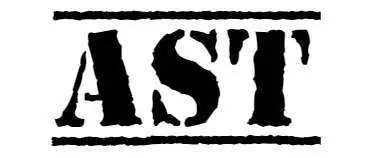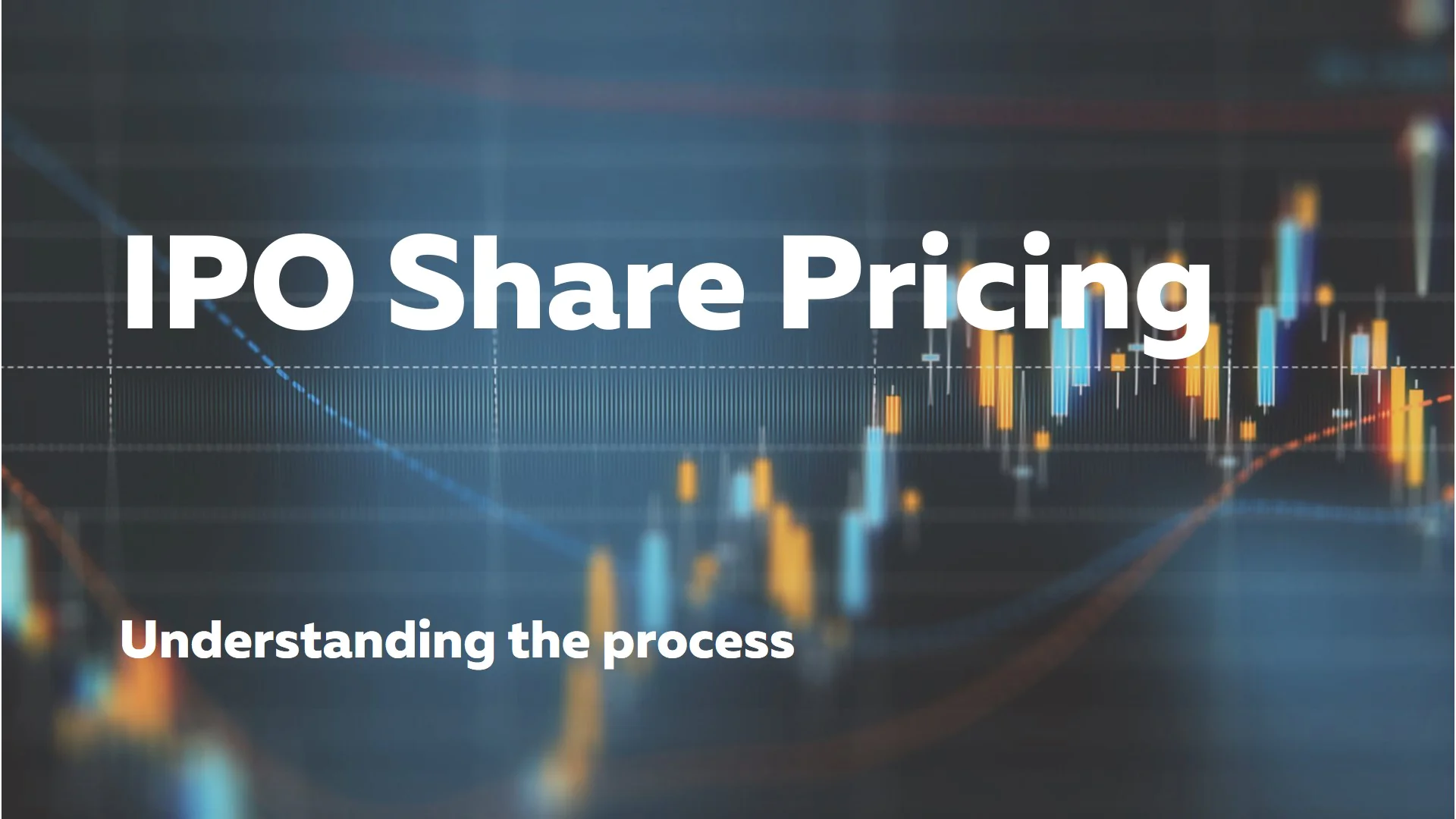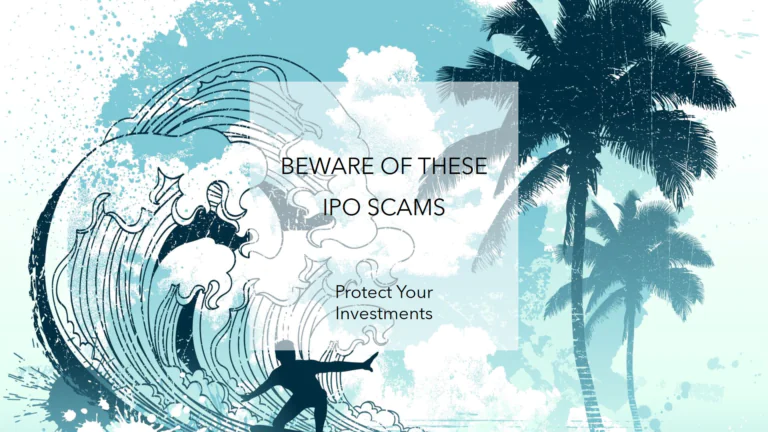IPOs are an important stage in the overall development of companies that are interested in the sale of their securities to the public for the first time. IPO share pricing involves some considerations such as; Market factors, demand of the shares as well and the financial status of the issuing firm. Knowledge of the various pricing models assists potential investors in gaining knowledge on the issue of IPO shares and also gaining knowledge of what affects the returns of their investments.
Table of Contents
The Role of Underwriters
When a firm decides it wants to offer its securities to the public, it hires investment banks called underwriters to help it undertake the IPO business. The primary function of these professional underwriters is to assist the company in deciding on the correct price that should be placed on its shares. They conduct extensive market research and analysis, considering various factors, including:
- Company Valuation: Underwriters use financial ratios, performance projections, and industry status to place a value on the company securities. One of them is the measurement of the value added by the corporation through earnings, capital or revenue, and assets.
- Comparable Companies Analysis: Underwriters use competitors in making comparisons between this Company and other firms that are in the same line of business though they have not gone public. This comparative analysis can be of great use in valuing firms and pricing shares tangibly.
- Market Conditions: IPO pricing is determined mainly by the general condition of the stock market. Domineering publicity might also translate into higher stock values and prices since it creates an optimistic market; in a dangerous market, there would be a need to set down lower prices to attract many investors.
Demand Element and the Book-Building Process
When the underwriters have a rough idea of the valuation, they proceed to the book building. This is in the form of assessing the level of investors’ interest in the IPO. These underwriters then get in touch with such institutional investors, including mutual and hedge funds that are interested in undertaking such buying indications of interest as to the number of shares they would like to purchase, and the price they would be willing to pay out for the lot.
In this phase, underwriters develop a price range of the IPO shares it will offer in the market to those investors. It is recommended between 1300 to 2300 based on Valuation analysis, market trends, and investor response. The book-building mechanism helps underwriters gauge the demand for the shares and play around with the final offer price.
The Final Offering Price
After going through rounds of book-building, the underwriters of the IPO determine the final price at which the IPO shares would be offered. This price is determined based on:
- Demand from Institutional Investors: In cases where there is a lot of demand for its security from institutional investors, the final offering price may be raised by underwriters. Somewhere, weak demand may result in low prices.
- Market Sentiment: It is also important to note that the general attitude that prevails in the market also has a role to play when it comes to setting prices. If the investors are confident that this company has good prospects, fledgling and promising, then the price of the offering may be higher.
- Company’s Financial Metrics: In return, underwriters strictly analyze the fundamentals of the company Such as forecasting net earnings and revenue. These elements can explain high or low prices: successful operational and financial results can be compensated by a higher price, while potential worries resulting from challenges to future performance may require more cautious approaches to pricing.
The Role of Regulations
Several regulatory authorities for instance the Securities and Exchange Commission (SEC) in the United States also play a role in the determination of IPO pricing. Whether or not registration statements are to be filed with the SEC and the kind of information a company is required to disclose in its registration statement. Such information is processed by the SEC to satisfy the requirement of investors whereby they should be provided with enough information in an offer before they can buy the shares in an IPO.
Regulations need to be adhered to in a bid to have investors’ confidence in the organizations. If a company does not meet compliance requirements, it is a potential loss, for example, about an IPO, the firm may have problems with delays in the IPO process or the ability to attract investors which may in turn affect the firm’s IPO pricing.
Price Stabilization mechanisms
The share prices become volatile after the IPO has been floated in the market and this makes it very difficult to speculate on these prices. To counter this, underwriters normally use techniques that seek to set prices in a manner that reduces high volatility in the first days of trading. These mechanisms may include:
- Green Shoe Option: This enables underwriters to make more shares to the market if there is a need for more than what was forecasted to meet the market price, thus providing a market hedge against fluctuations in price.
- Post-IPO Support: Underwriters may also bring back the shares to the market to put support to the prices when they are floated in the market for the first time. It also makes the price more stable here and such measures can go a long way to encouraging investors.
Market Conditions and Economic Factors
Pricing of IPO shares depends on external factors that exist in the country’s economy. There are several macroeconomic factors that an investor may consider when he is making his investment decisions and these affect the marketing environment where an IPO firm seeks to list its securities. These factors include:
- Interest Rates: The meaning is that a low interest rate leads to investment in stocks as the cost of borrowing remains low for any company or individual. However, interest rates higher than those on equities may discourage companies’ demand for IPO shares and therefore cause the share to go low in price.
- Economic Growth: An established economy mainly leads to high expectations from the investors that in turn results in high valuations and prices for IPOs. On the other hand, in conditions of a market recession, investor interest may decrease, which forces companies to decrease the prices of the offered goods.
- Geopolitical Events: Market uncertainty can be occasioned by global factors like changes in political regimes, trade conflicts, or epidemics. It is acknowledged that such events can result in elevated levels of risk and alter the ways investors approach the concept of risk which in turn influences the determination of the IPO price to be charged.
Timing the IPO
This means that the timing of an IPO can have a most probable effect on the pricing of shares in a given company. The general factors that firms look at in making the decision include market conditions, investor sentiment, and the industry. For instance, a company may decide to postpone its IPO offer when market conditions are unfavorable, or there is poor demand for IPOs from the investing public. Timing can also be influenced by:
- Seasonality: A year may have some periods that are more suited for an IPO than others. For instance, specific quarters such as the start of the years or periods of the organization’s outstanding performance in the market influence successful offerings.
- Competitive Landscape: If a competitor is preparing his company for an IPO, it may decide to list early because market attention will be on this segment of the market. However, when many firms are issuing IPOs at the same time, there may be a dilution of the market and thus low prices command the IPOs.
Investor Sentiment and Market Reception
It has been agreed that the image that investors create of a company going for an IPO influences the price of its shares permanently. This is to mean that a positive attitude in the marketplace will help pull demand while a negative attitude will help pull down demand and eventually pull down price. Factors that contribute to investor sentiment include:
- Company Reputation: The specified firm might be better known and with a positive perception from the public, it shall be able to attract investors. However, the share pricing may be a problem for companies that are somehow negative in the media or which are black-sheep companies on the stock market.
- Growth Potential: One daily active interest is growth and therefore investors are attracted to organizations that have the. If a firm is capable of proving its lineage of innovation and market share penetration it could justify a higher IPO price.
- Market Comparables: The current price in this industry can be sought from prospective IPOs in the same industry. It has a positive influence on new offerings as similar companies in the market tend to contribute to increasing the prices.
The Aftermarket Performance
The trend that these shares exhibit in the aftermarket, that is, the subsequent period after the IPO, is also an indicator of the exercise of the pricing model. If the shares are active and are floated at a higher level than the offering price then that may mean that the IPO was priced right. On the other hand, if the shares drop significantly it is an indication of either overpricing of the shares or a change in the investors’ attitude towards the stock.
Subsequent performance truly matters since its implications range from additional financing possibilities to the company’s market image after an IPO. Such companies are more likely to succeed in future offerings mainly because they perform very well after their IPO.
Conclusion
In detail, pricing of the IPO shares is a complex procedure that reflects many aspects and closely depends on various factors. Every aspect, including underwriters and investor demand, market conditions, and economic pull and push factors, have their part to play in the determination of this final price of the offering. Learning how IPO shares are priced is not only informative for potential investors but also focuses on the timing aptitude, sentiment, and market trends in the world of going public.
In the forthcoming sections, we discover how well companies that want to become public vehicles can address the challenges of determining the price at which their shares will be sold to the public determines how far they will perform and grow in the stock market.




